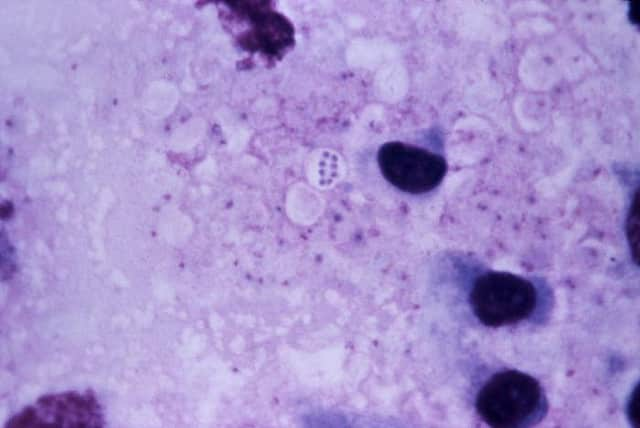Texas’ First Case of Anthrax in a Whitetail Deer in 2012 Confirmed
OutdoorHub Reporters 06.19.12

One case of anthrax has been confirmed in a wild, free-ranging whitetail deer in Texas near the city of Uvalde, approximately 85 miles west of San Antonio.
The Texas Animal Health Commission (TAHC) confirmed the case late last week, mentioning that no livestock are involved at this time. According to Dr. Thomas Lansford, the TAHC Region 5 Director, the last significant outbreak of anthrax in whitetail deer in Texas was in 2001, although there have been a few cases of livestock-borne anthrax reported annually since then.
Hunters are encouraged to exercise caution if hunting in that area. Dr. Lansford urges hunters to not shoot or eat any part of a deer that appears to be infected, although infection is difficult to determine by appearance. Wild herbivores display symptoms such as fever, depression, difficulty in breathing, convulsions and in pigs, swelling of the throat.
Eating meat from an anthrax infected deer is risky, although thoroughly cooking the meat reduces the chance of infection by ingestion. In an e-mail message, Dr. Lansford suggests that “deer hunters hunting in anthrax endemic areas should take appropriate measures, such as wearing latex gloves and long-sleeved clothing while processing/handling game, promptly and appropriately cleaning and dressing any wounds […] to reduce the chance of infection.
Dr. Lansford recommends consulting a medical professional with any additional concerns.
It is common to find anthrax in livestock or wildlife in the southwest part of Texas. There are many unknown factors related to the specific role environmental conditions play in anthrax outbreaks, though outbreaks depend on two mutual factors: the presence of anthrax spores in soil and suitable weather conditions. Anthrax lies dormant in the ground until triggered by appropriate moisture and warmth.
Anthrax is a bacterial disease caused by Bacillus anthracis, which is a naturally occurring organism with a worldwide distribution. It is an infectious disease that can infect all warm-blooded animals, including humans. It affects a variety of tissues including the skin, intestine, kidney, meninges, conjunctiva and lymphatic system. It penetrates mammals as a spore that can be inhaled, ingested or infected through open wounds. In most cases, the disease causes death within days of infection.

